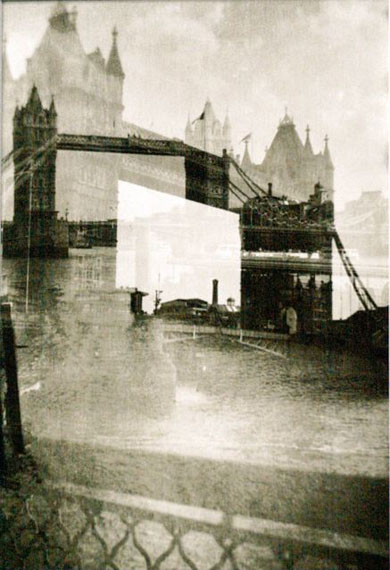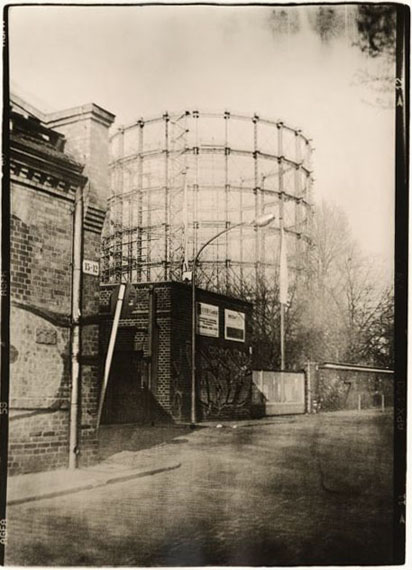
Marek Poźniak »
BERLIN - LONDON - NEW YORK
Photographies 1985 - 2010
Exhibition: 1 Jun – 24 Aug 2013
Fri 31 May 19:00 - 21:00
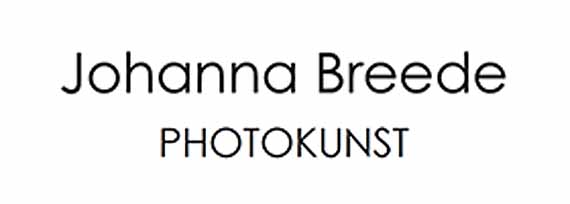
Johanna Breede PHOTOKUNST
Fasanenstr. 69
10719 Berlin
+49 (0)30-88913590
photokunst@breede.de
www.johanna-breede.com
Tue-Fri 11-17, Sat 11-14
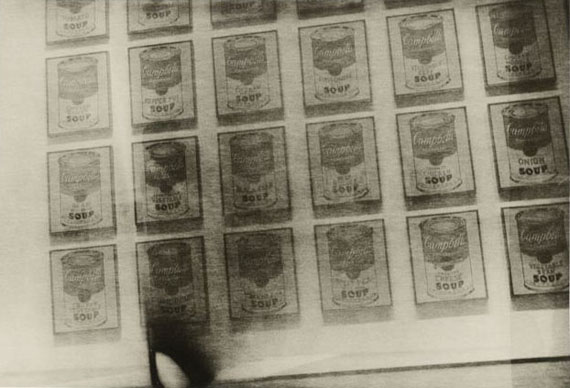
Marek Poźniak
Berlin – London – New York
Exhibition: 1st of June until 24th of August 2013
Opening reception: Friday, 31st May 2013
As we recall, “You press the button, we do the rest” was the advertising slogan when - over a century ago - Georg Eastman, the founder of the Kodak Empire, simplified photography so that even laymen could arrive at reasonable results. Since then, photography has experienced a complex development: both technically and with regard to the aesthetics of the image. In the meantime, analogous processes are being replaced by digital. In relation to this, Marek Pozniak took a voluntary step back into the photographic Stone Age when he began to take pictures with an English amateur camera, probably dating from 1896/97. For this “black box”, and here the term applies literally, has none of those technical provisions which are now part of standard equipment. It has no range-finder, no alterable apertures, the shutter only permits a choice between permanent opening or momentary exposure, and the optics… well, by today’s standards, they would not even deserve the name.
But nevertheless, this camera delivers some fascinating pictures - not automatically, cameras have never been able to do that, but in the hands of Marek Pozniak. These, of course, do not produce the photographs, but his imagination and his aesthetic ability to anticipate. This is true of the long-term exposures of interiors as well as of the exterior shots, exposed for a shorter time. Basic experience from the history of images is manifest, both in the vertical format interiors, which incline towards abstraction, and in the oblong format outdoor shots, which are organised in a perspective manner: whilst the vertical format with its demarcation at the sides has a tendency to capture restriction and the erect, such as standing human figures, in a symbolic way, we connect a notion of distance with the horizontal format, something which has become familiar, even second nature to us from landscapes seen as sweeping natural spectacles. The development of the negatives, which consciously aims for a grainy quality and contrast, and the subsequent enlargement on silver-chloride paper lend the motifs a patina which appears old, well-suited to the historical technique. Or, to put it another way, the appearance eclipses any precise classification in time. Are the photographs from a period in the past? However, if that is the case, why this familiar urban architecture, why these familiar everyday objects?
In this way, although he makes part of his living using the most modern digital technology, Marek Pozniak opposes, on the one hand, the technological fetishism of our age with its high-tech apparatus and new digital production and processing of images, and on the other hand – and this is more significant - he underlines his unqualified faith in the magic of old, analogous photographs. The motifs taken outdoors in the city - in the spirit of street photography, as the distinctive feature of one series - and the motifs resulting from long-term exposure in publicly accessible interiors all demonstrate an irritating, antiquated nature. However, this is broken in the familiar, modern forms of the architecture and the appearance of the street, people’s clothing or objects. It is true that the modern world is concealed behind the antiquated here, but it still remains clearly recognisable. It is Marek Pozniak’s individual photographic viewpoint, in connection with the old photographic technique, which makes the past rise up in the present, and which causes a new reality to emerge; a reality which has never been seen before – a photographic reality rousing associations, organised in an aesthetic and therefore artistic way. (Enno Kaufhold)
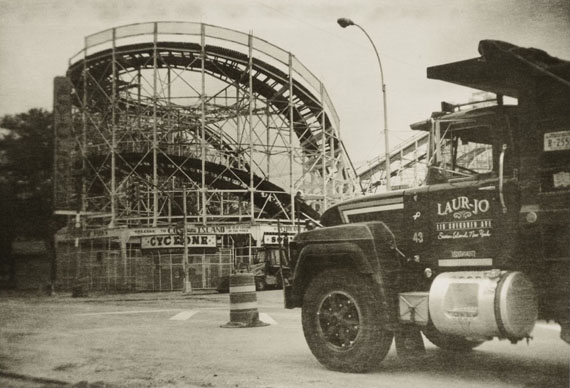
Marek Poźniak
Berlin – London – New York
Ausstellung: 1. Juni bis 24. August 2013
Vernissage: 31. Mai 2013 von 19 bis 21 Uhr
"You press the button we do the rest", wir erinnern uns, das war der Werbeslogan, als Georg Eastman, der Begründer des Kodak-Imperiums, vor gut einem Jahrhundert das Fotografieren so vereinfachte, daß selbst Laien zu brauchbaren Ergebnissen kamen. Seitdem hat die Fotografie eine vielschichtige Entwicklung erlebt: technisch wie bildästhetisch. Inzwischen werden die analogen Prozesse durch die digitalen ersetzt. In Relation dazu hat sich Marek Pozniak freiwillig in die fotografische Steinzeit zurückbegeben, als er mit einer vermutlich 1896/1897 gebauten englischen Amateurkamera zu fotografieren begann. Denn diese "Black Box", und hier trifft der Begriff buchstäblich, besitzt keine der inzwischen zum Standard gehörenden technischen Ausstattungen. Sie hat keine Entfernungseinstellung, keine veränderbaren Blenden, der Verschluß erlaubt nur die Wahl zwischen Daueröffnung oder Momentbelichtung und die Optik, sie verdient nach heutigem Maßstab nicht einmal diesen Namen.
Und trotzdem, diese Kamera liefert faszinierende Bilder, nicht automatisch, das haben Kameras nie vermocht, aber in den Händen von Marek Pozniak. Wobei nicht diese, sondern seine Fantasie und sein ästhetisches Antizipieren die Fotografien hervorbringen. Das betrifft die in langzeitbelichteten Innenräume ebenso wie die kurzzeitigen Außenaufnahmen. In den zu Abstraktionen führenden hochformatigen Innenaufnahmen einerseits und den perspektivisch organisierten querformatigen Außenaufnahmen andererseits manifestieren sich bildgeschichtliche Grunderfahrungen: Während das Hochformat in seiner Seitenbegrenzung eher Enge und das Aufrechte, wie das Stehen von Menschen symbolisch erfaßt, verbindet sich mit dem Querformat die Vorstellung der Weite, wie wir sie von Landschaften, als weit ausladenden Naturschauspielen kennen und wie sie uns gewissermaßen ins Blut gegangen sind. Die bewußt auf Körnigkeit und Kontrast angelegte Negativentwicklung und das anschließende Vergrößern auf Chlorsilberpapier verleiht den Motiven eine vermeintlich alte, der historischen Technik angemessene Patina. Oder anders formuliert, das Erscheinungsbild verklärt die präzise zeitliche Einordnung. Sind die Fotografien älteren Datums? Aber wieso dann vertraute Stadtarchitektur, wieso die bekannten Alltagsgegenstände?
Damit opponiert Marek Pozniak - obwohl er mit modernster Digitaltechnik einen Teil seines Lebensunterhalts bestreitet - zum einen gegen den Technikfetischismus unserer Tage mit den Hightech Geräten und neuen digitalen Bildproduktionen und -bearbeitungen und zum anderen, was mehr wiegt, unterstreicht er damit sein uneingeschränktes Vertrauen auf die Magie alter, analoger Fotografien. Die im Sinn der Straßenfotografie im städtischen Außenraum aufgenommenen Motive, als Spezifikum der einen Serie, sowie die als Langzeitbelichtungen in öffentlich zugänglichen Innenräumen entstandenen Motive zeigen eine irritierende Altertümlichkeit, in der sich aber die uns vertrauten modernen Formen der Architektur, des Straßenbildes, der Kleidungen der Menschen oder aber die von Objekten brechen. Das Moderne verbirgt sich zwar hinter dem Antiquierten, bleibt aber deutlich genug erkennbar. Es ist die individuelle fotografische Sicht Marek Pozniaks in Verbindung mit der alten Fototechnik, die das Vergangene im Gegenwärtigen aufgehen läßt, und die eine neue, so bislang nie gesehene Wirklichkeit entstehen läßt - eine fotografische, Assoziationen weckende Wirklichkeit, ästhetisch und damit künstlerisch organisiert. (Enno Kaufhold)
